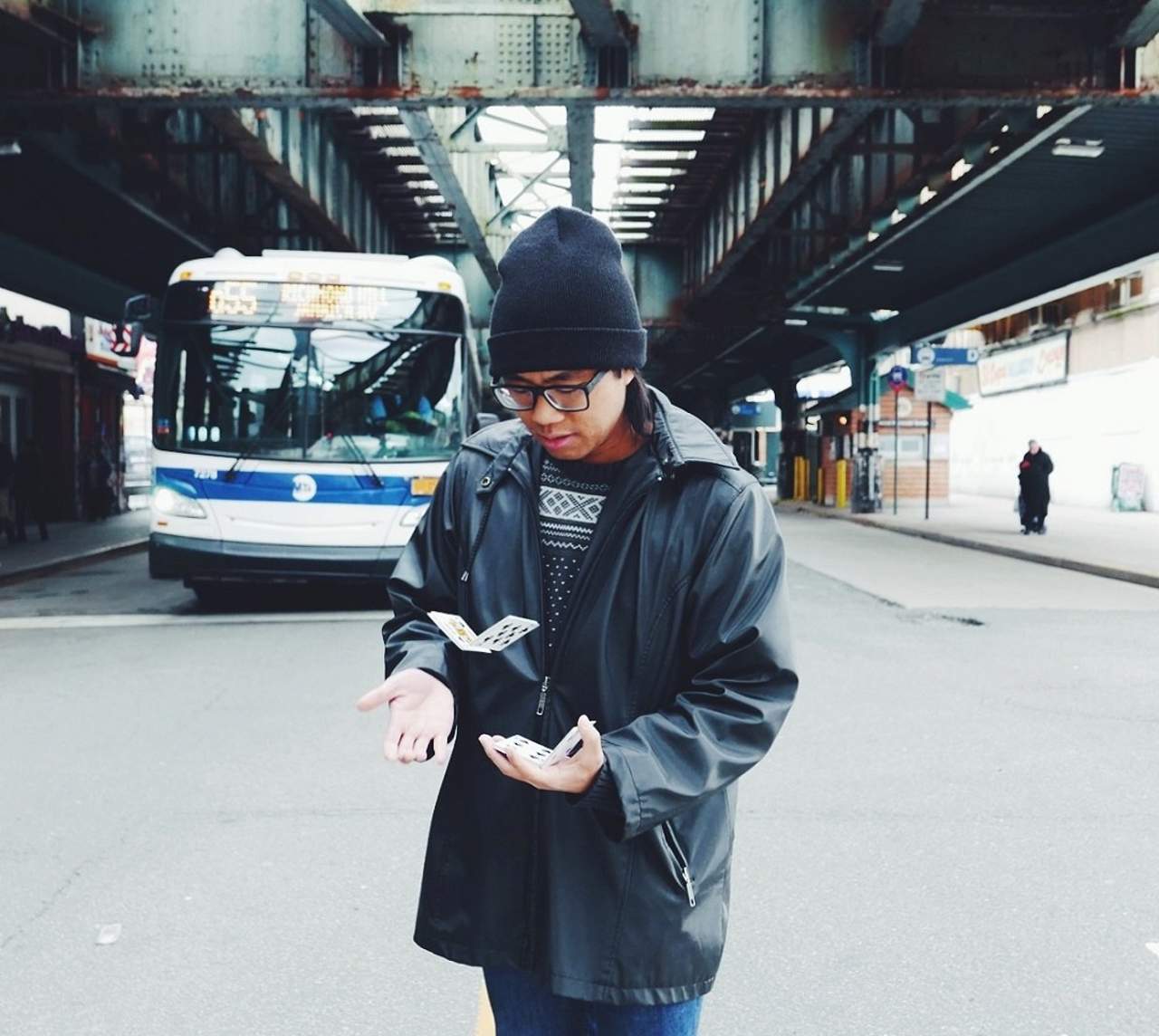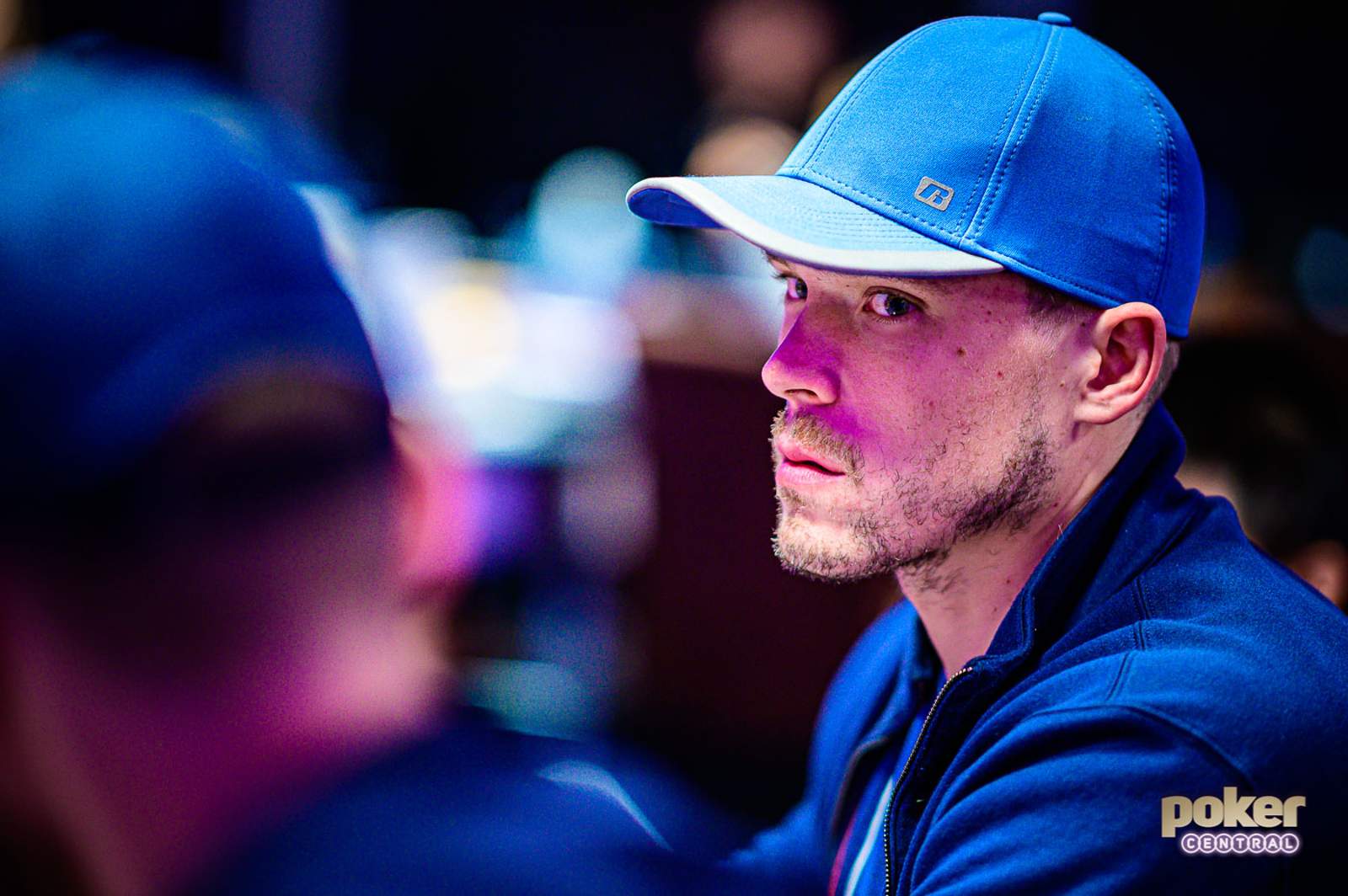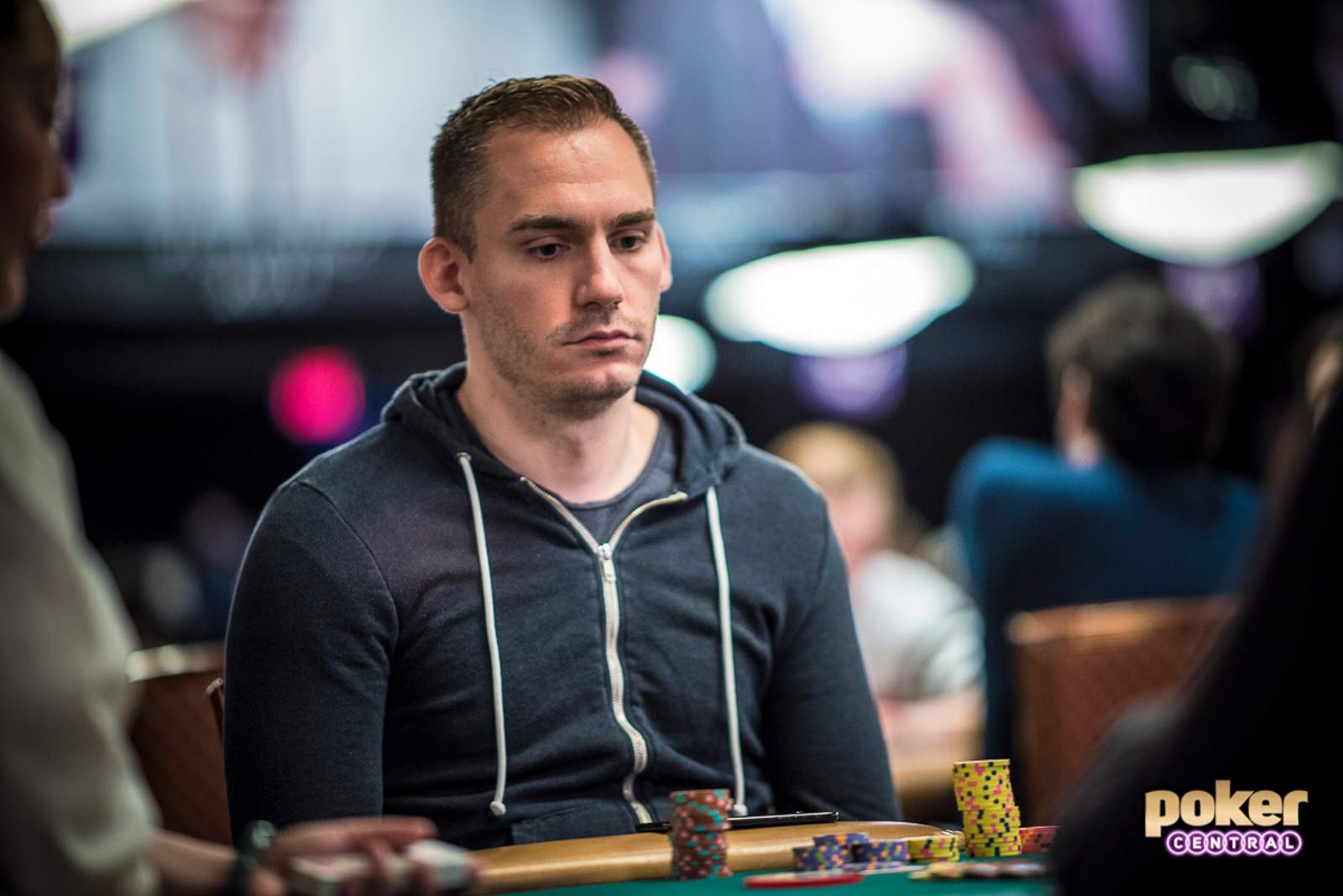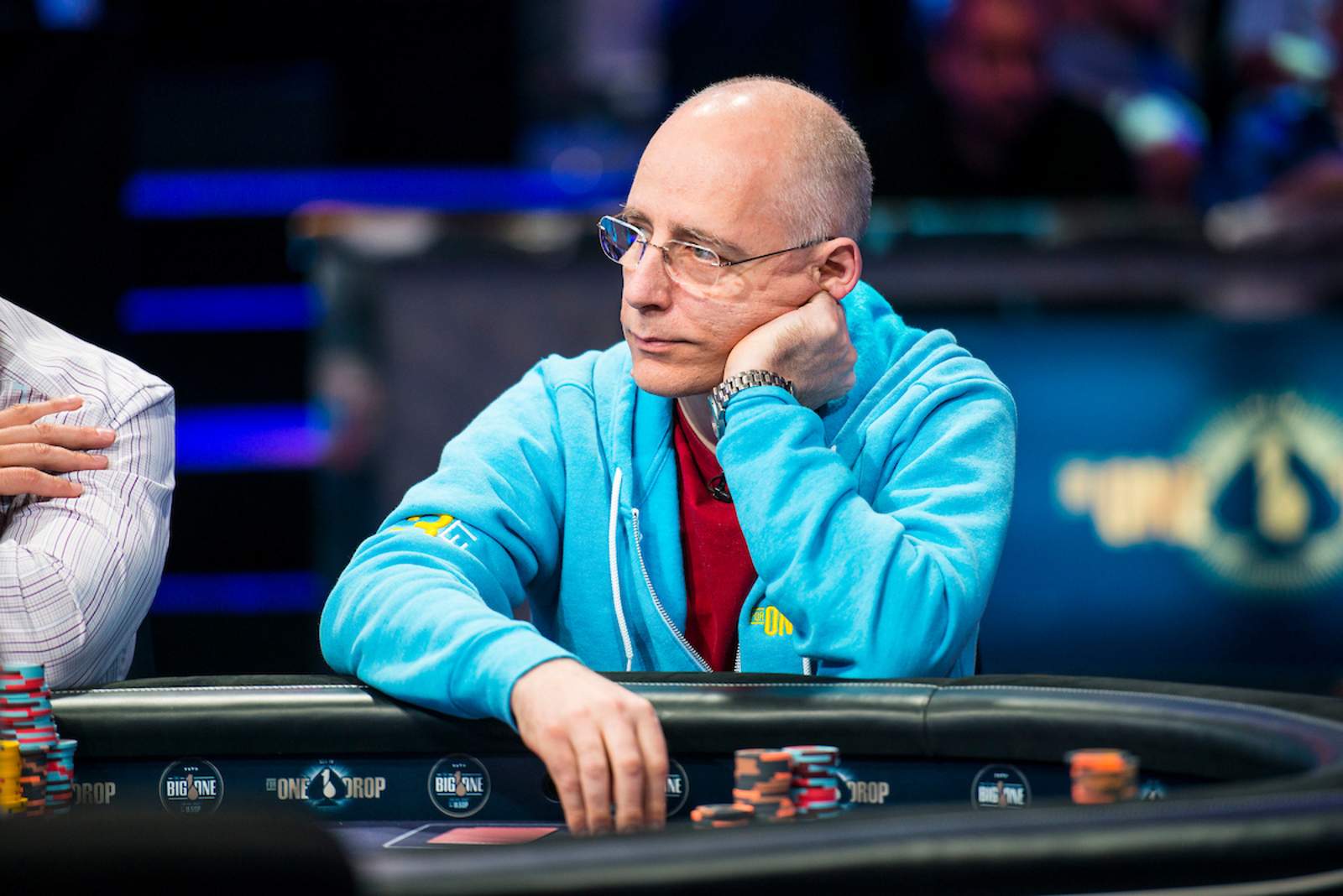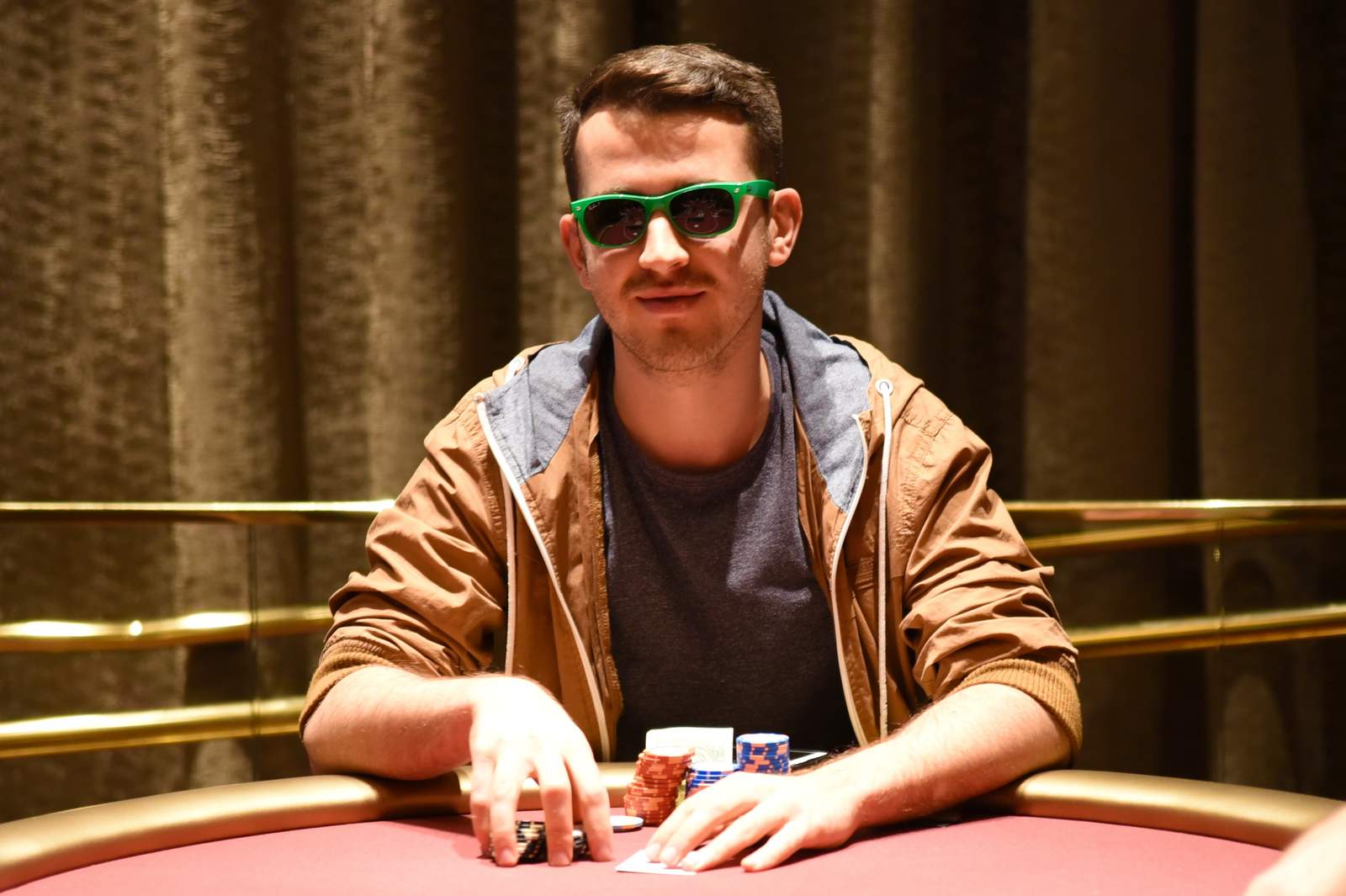Related Articles
Foosball Champ Billy Pappas Returns to WSOP Main Event
Somewhere between the spaces of sleight of hand and card manipulation is cardistry. Just how great music needs space between the notes, cardistry performers manipulate decks into kinetic artistic performances that are unique to each artist.
“Cardistry is the art of manipulating cards – which is a very technical definition – So I like to think of it as performative sculpture – it’s more poetic,” said Frank Sung. Sung releases most of his work through his frankistea Instagram account, @frankistea on Twitter and franksung.com.
please watch this fire clip of me thank you pic.twitter.com/5tLboRcnBT
— frank sung (@frankistea) April 18, 2017
Sung is a 26-year-old artist living in New York and cardistry is just one aspect of his life. He’s a musician, a poet and graphic artist and first picked up a deck of cards around ten years ago. He practiced card tricks for a year before he saw a card flourishing video – before the term cardistry was coined.
“Once I saw a few videos, I was hooked and I realized I never really enjoyed performing magic for people. It was mostly just me fidgeting with a deck of cards a lot,” Sung said. “I was practicing specific sleights that were technical.”
“When I saw cardistry I saw it’s basically all the technical stuff but without deception,” he said. “It’s more about showing off in a way, but as an artist I’ve always been geared towards the aesthetic – and cardistry was perfect for that. It was the perfect platform (for me) because you’re creating your own movements and displays.”
Sung learned dexterity in his fingers from 15 years of piano lessons. “I remember learning the bridge part to a riffle shuffle – it just really fascinated me. I’m left-handed to write and eat but weirdly enough, I throw a ball and hold a deck of cards as a righty,” Sung said. “There are a few people in the cardistry community that are lefties and those few people are really, really creative – they are some of the my favorite cardists.”
Viewers can easily fall into hours-long YouTube holes watching Sung’s peers perform like Oliver Sogard, Birger Karlsson and Aviv Moraly. It’s a tight-night community, where quite often other cardists do the camera work for their peers’ videos.
“There are kind of two sides of cardistry, well not just two, but two major ways that cardists approach cardistry,” said Sung. “one of them might be the creative aspect of it – coming up with new movements and flows that people might not have seen before.”
“Then the creating aspect, it’s all about originality and coming up with new material that pushes the art forward,” said Sung. “I feel that part of cardistry is more artistic because of the creative aspect.”
“Another approach to cardistry is to practice other people’s moves and master them,” he said. “In that way it might feel like a hobby, but once you learn the motions of a certain move, there is poetry behind it. There are a lot of similarities with dancing because of movements and flow with someone’s body; it’s basically the same but with cards in relation to your body.”
While Sung was living in Stockholm in 2016 his favorite artist, Yayoi Kusama, had a retrospective near where he was staying and Sung took advantage to record one his videos he’s most proud of producing.
One of Sung’s friends sent him a prototype of decks he was designing that complimented Kusama’s themes of dots – Usagi Playing Cards. “I wanted to express that setting with video – the editing, the music and cutting to the music with moves – it becomes its own art piece.”
Cartamundi has plans to announce the deck Sung used in the Kusama video, with full customization options down the colors of dots, label and text, by the 2017 Cardistrycon – held July 7-9 in Los Angeles.
Most artists prefer the paper-based decks rather than the cellulose acetate cards that used in poker. The United States Playing Card Company (USPCC) produces the Bicycle, Tally-Ho and Bee brands, as well as, custom decks, seem to be the most popular.
“Kems and Copags don’t really work for us because they don’t spread as much,” said Sung. “A lot of the moves we do are fans or they have to run in a certain way. I personally like cards with borders – the Wynn decks are particularly popular with cardists because of the thick border. But there’s a lot of decks produced by USPCC just for cardistry purposes.”
Sung did learn some mechanic’s grip cheats while practicing, but the poker bug never caught him. “When I was practicing I got good at the second and bottom deal, but it’s something I haven’t done in ten years,” he said. “I always liked the concept of the peak – the dealer does a face-down break and they can see what card is coming or they can cut to it.” But beyond a couple $25 and $50 poker tournaments at friends’ kitchen table he doesn’t have any experience in a live game.
Living in New York City affords Sung the opportunity to jam with other cardists and easily reach a huge audience by just going to park. Sung wants to spread cardistry as a hobby and performs at local arts festivals.
“I’ve been working on bringing cardistry into an arts education context, because number one, it’s a very portable hobby and art form,” Sung said. “For teens in an at-risk environment, it’s very accessible for a resource to express themselves. It’s an ordinary object that fits in your pocket.”
Sung’s approached a number of schools, after-school programs and community centers to see if they’d be open to cardisty in their arts programs. “It works with creative problem-solving, hand-eye coordination and fine motor schools,” he added.
“So I love introducing cardistry to people – from children to adults – and see their reaction,” said Sung. “When you show someone a deck of a cards they only thing they expect are card games and magic and then to expand their meaning of what a deck of cards can be is really fun to see.”
Sung is teaching a class at the Bushwick Arts Festival May 6 and plans to teach every Saturday in May at the QED in Queens. He’s pushing hard at opening eyes to cardistry and even offers lessons.
“Foundations for cardistry were laid 20 years ago with certain magicians that wanted to add a little flair to their performances,” said Sung. “Some magicians just wanted make some knuckle-busters and that’s where cardistry evolved after many years.”
“People developed their own styles because everyone’s different,” Sung said. “Everyone’s thinking and approach to a deck of cards is different.”
Related Articles
Foosball Champ Billy Pappas Returns to WSOP Main Event
PokerStars Announces Biggest Series in Online Poker History
Aldemir Attempting to Keep Momentum Going



